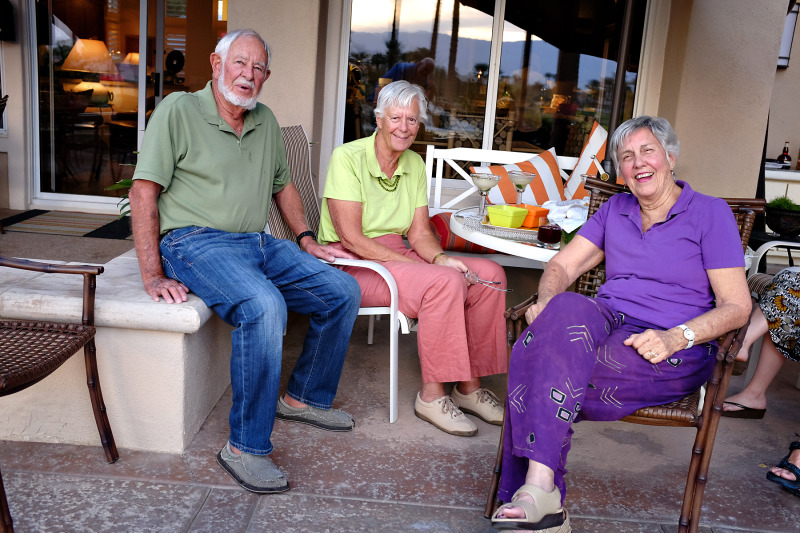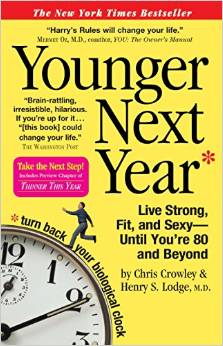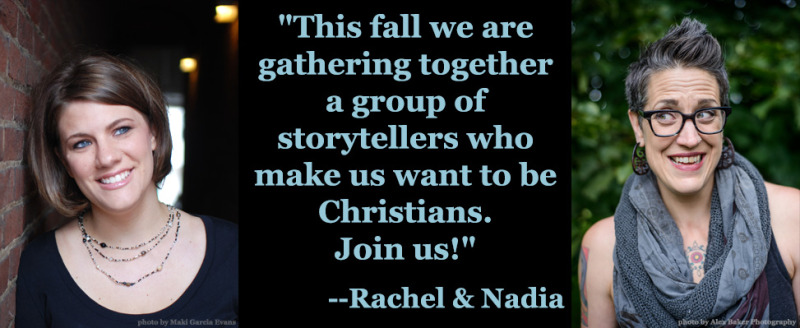At a meeting of ecumenical leaders working on church planting and evangelism, I noticed that the room collectively leaned in and listened carefully whenever the moderator spoke. He was Ruben Duran, the program director for new congregations in the Evangelical Lutheran Church in America.
Under Duran’s leadership, the ELCA has started an impressive array of worshiping communities in homes and bars and on the streets and in train stations. These communities have found different entry points into conversations with their neighbors, gathering around ecological issues, or concerns about paycheck lending, or the need for day care. The Denver area alone has eight new ELCA communities, and nationally 352 new communities are being developed.
The burgeoning ministries are ethnically diverse. Though the ELCA has strong ties to people of European ancestry—especially Norwegians, Swedes, Germans, and Finns—Duran reports that people of color lead 56 percent of the new communities. Instead of reflecting the established denomination, these communities look like the neighborhoods in which they are planted.
When I telephoned Duran to find out how the denomination is doing so much, he was hesitant—as most church planters are—to talk about strategy, and he quickly dismissed the idea that he himself is a moving force in what is happening.
“There are no formulas. It’s about listening and connecting.” Then, like most people who are really good at starting new churches, Duran began to explain his strategy, describing how the ELCA works to connect neighborhoods, denominations, and seminaries.
“Luther says we live in and through our neighbor,” Duran explains. “Most of our congregations were planted for the neighborhood.” But when neighborhoods changed, congregations often resisted transformation. Members began commuting to attend church. Then, Duran said, “the neighbors became the object of the church’s ministry rather than the subject.” Duran wants the neighbors to be the subject again.
The church’s strategy is to “shut up and learn”—to listen and reconnect with diverse neighborhoods, including the working poor and young adults who grew up in the suburbs but are now relocating in cities. “There are so many people in our neighborhoods who are doing God’s work,” Duran said, “but they just don’t know it yet.”
The ELCA has set up a process by which men and women who have the gifts and skills for ministry but who haven’t attended seminary can be full-time pastors—“lay mission developers”—serving with the blessing of the community and the bishop.
Duran has also worked with his own alma mater, Pacific Lutheran Theological Seminary, to set up Theological Education for Emerging Ministries. The TEEM program allows students to take classes on campus two times a year and learn with a pastoral mentor while they remain in ministry. The program has 140 students.
“Seminaries are shifting very quickly,” Duran said, as he described online courses that allow students to stay rooted in the communities they serve.
Duran points to a story in Acts 6 about the early church that inspires his work. When Greek widows saw that church leaders were giving Jewish widows more food than they gave to the Greek widows, they organized and pointed out the unfair treatment. The disciples responded by handing over the work to the community.
“That’s what we’re doing,” Duran said. “We are getting people from the community to do that type of work. We are looking for the Greek widows.”
A great deal of the ELCA’s work has been focused on urban areas. While the movement of young adults into the city certainly makes this emphasis important, I wonder what can be done in suburban and rural areas, especially as some minorities are moving to the suburbs in response to urban gentrification.
Duran’s energy seems boundless, but he admits to being overwhelmed. I cannot tell if this sort of work could be done without such charismatic leadership. Duran has great humility, even as he understands his unique position. “I’m very blessed that I’m able to test the waters. We have become a laboratory of ministry exploration.”
“The Book of Acts was named incorrectly,” Duran said. “It was the Acts of the Apostles, but it should have been named the Acts of the Holy Spirit. And right now, the Holy Spirit is writing a new chapter in Acts.”
An earlier version of this article included that there were 48 new communities in Denver; the number was corrected on February 24, 2015.



















 Is your audience boring?
Is your audience boring?